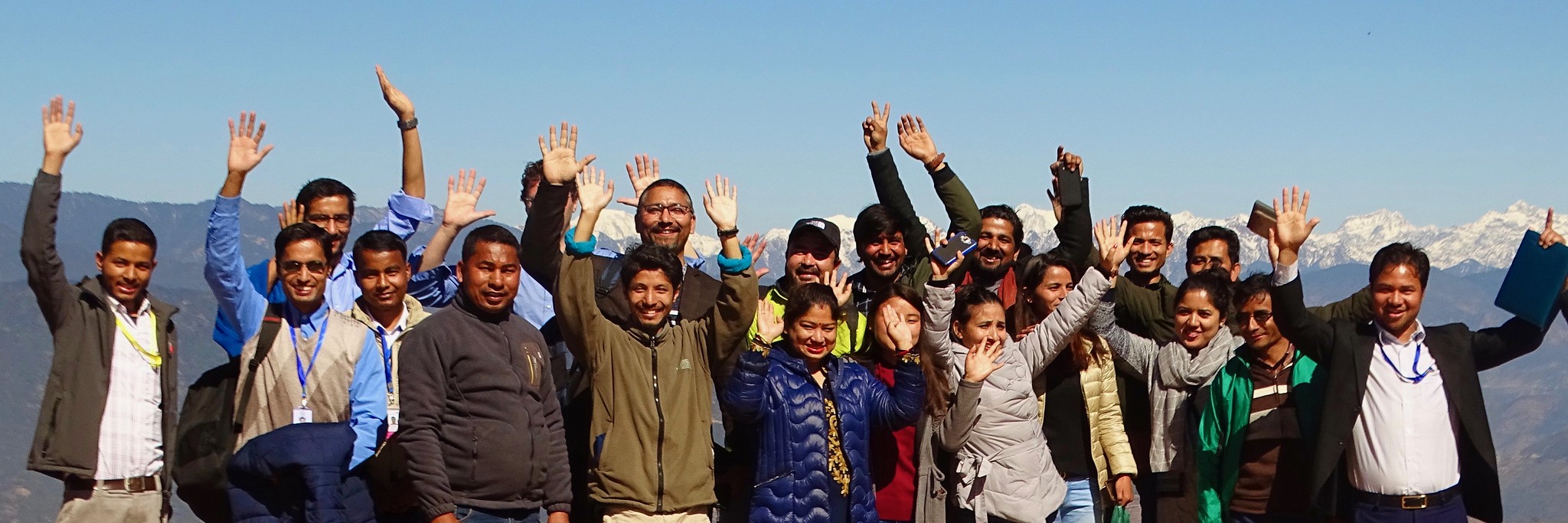This year, Possible signed an agreement with Chaurpati municipality, an exciting development that creates a path to co-design an integrated care delivery model with the municipality, including optimizing care at Chaurmandu Primary Health Center (PHC).
Take the example of Nama, a 20 year-old female who walked two hours to Chaurmandu PHC. Nama previously traveled to the PHC, but found a doctor was rarely present. Now she is able to get a proper diagnosis, labs, and medicine to treat her stomach ailments, not a life-threatening condition, but one severe enough to disrupt her day to day working in the fields to provide for her family.
There are many patients like Nama, who can be treated at PHCs, before minor conditions become acute.
In addition to our partnership with the PHC, we have been leading community health efforts in the same municipality over the past two years, with meaningful impact on maternal and child health.
After ten years of healthcare delivery in Achham district, where Chaurpati is located, we understand the inputs that will have the greatest impact on communities in this area. Furthermore, the partnership with the municipality enables local officials to have direct visibility and accountability into the health of its constituents.
There are multiple things we consider in the design, including: inputs that will improve maternal and infant health, and a staffing structure and equipment that is appropriate within the existing public health system.
Over the first six months of operations, we have observed the following:
(1) There is a strong demand for services closer to home, evidenced by an average of 1,000 patient visits per month to the PHC.
(2) Optimizing care in PHCs reduces the volume of non-emergency patients at nearby Bayalpata Hospital, for example for those seeking lab services, pharmacy, antenatal and postnatal care, x-rays and normal deliveries, family planning, and immunizations, who can access non-emergency care closer to home.
(3) PHCs perform strongest, when there is close partnership and political will at the municipal level, evidenced by strong leadership by the Mayor.
(4) NepalEHR has been successfully rolled out in the PHC and is tracking outpatient visits, antenatal care, postnatal care, deliveries, safe abortion, and labs. All staff members are effectively using the EHR, despite low digital literacy when we launched this partnership.
(5) Two years of developing community health systems in Chaurpati municipality has led to a deeper relationship with the local government, including public financing for an ultrasound machine, medicines, and labs to support maternal health.
Ultimately, our goal is to develop a roadmap for delivering integrated care that can reach those most left behind.
















